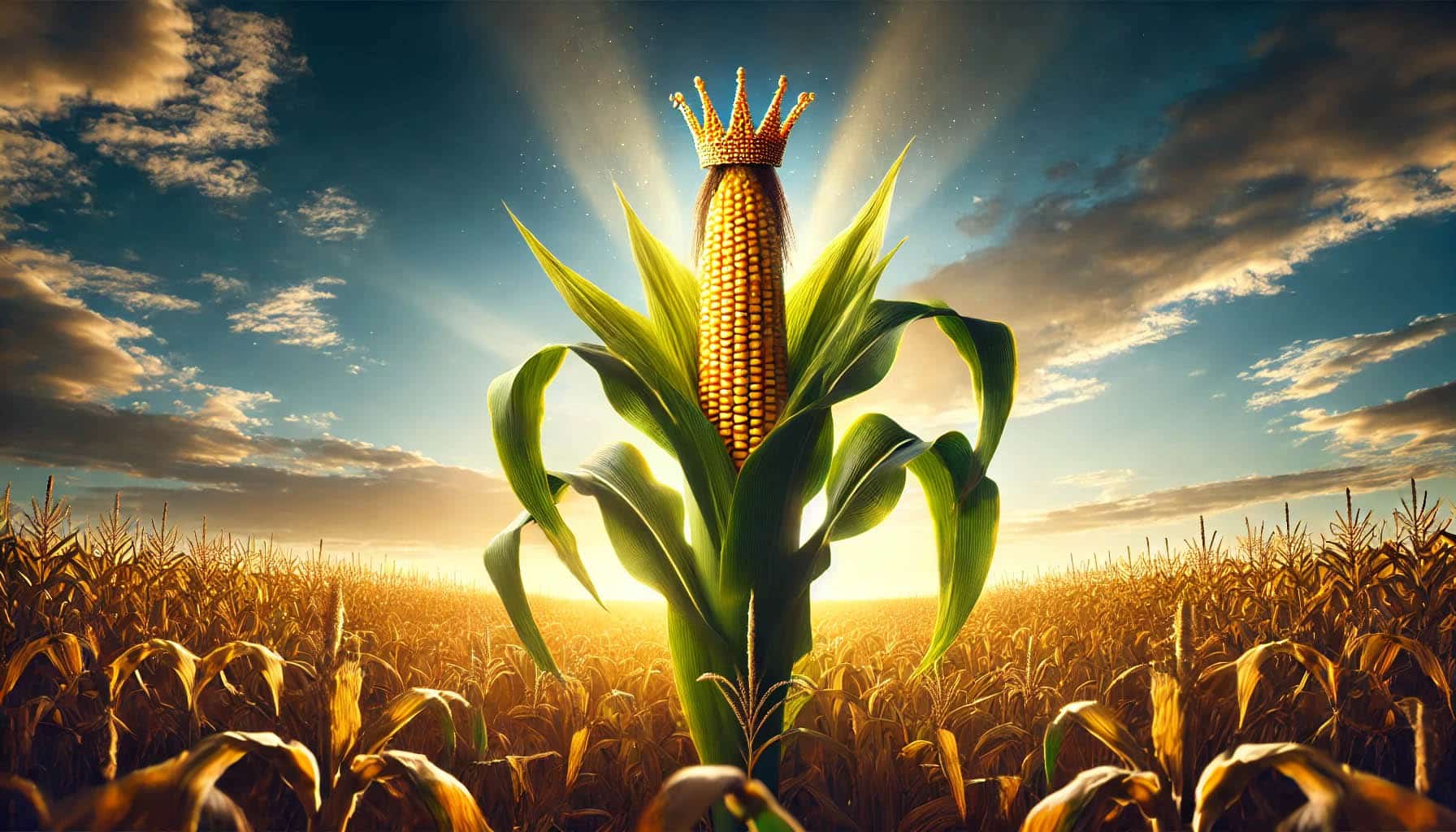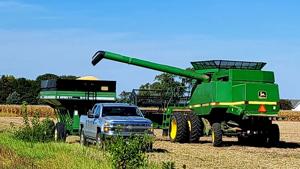


Recent reports indicate that U.S. corn production is on track for a record harvest in 2024, with yields expected to exceed 180 bushels per acre. This projection suggests that the U.S. could produce approximately 15 billion bushels of corn from 90 million acres, contributing around $60 billion annually to the economy [5da40acd].
In Illinois, the current crop conditions are promising, with USDA surveys showing that 56% of corn is rated as good and 20% as excellent. Additionally, 40% of the corn is dented, which is ahead of the five-year average [389b8c06]. The state produced 2.2 billion bushels of corn in 2023, with an average yield of 206 bushels per acre, maintaining its status as the second-largest corn producer in the U.S. [389b8c06].
However, the recent decline in weekly corn inspections across the U.S. raises concerns, as inspections fell 46% below projections [0f6d8ee1]. This decline has led to uncertainty regarding the overall health of the corn crop and its implications for the farm economy. The USDA's projections for lower average corn yields per acre in 2023 have created a complex landscape for farmers, although field data from GROWMARK suggests that Illinois farmers may achieve yields of 213 bushels per acre based on recent samples [0be2f361].
The U.S. corn market is also facing challenges from international competition. Brazil has emerged as a significant competitor, surpassing U.S. corn exports in 2019 and 2022, and U.S.-China trade tensions have shifted some corn imports from the U.S. to Brazil [5da40acd]. Furthermore, Mexico's concerns over genetically engineered corn could impact U.S. exports, prompting the need for the U.S. to explore new markets in developing regions such as the Philippines, Indonesia, and India [5da40acd].
Despite these challenges, advancements in agricultural technology could potentially increase corn demand by over a billion bushels, according to Cameron Rylance of Bluestem Biosciences [389b8c06]. As the season progresses, stakeholders will closely monitor both crop conditions and international market dynamics to assess their impact on the farm economy and food prices [0f6d8ee1].